Winter birding for me this year has been fairly assiduous and — even if Spring be far behind — it has sprung more than its share of surprises. I stuck with backyard birding at my neighbourhood haunts this season, adhering to a few time-tested Seasonwatch and Migrantwatch principles. While the cold of winter lasted only a few weeks in Bangalore, the morning chill has persisted somewhat and the dryness in the air has been compounded by the stench of smog from burning refuse and smoking heaps of dry leaves. Overall, no happy carbon points there.
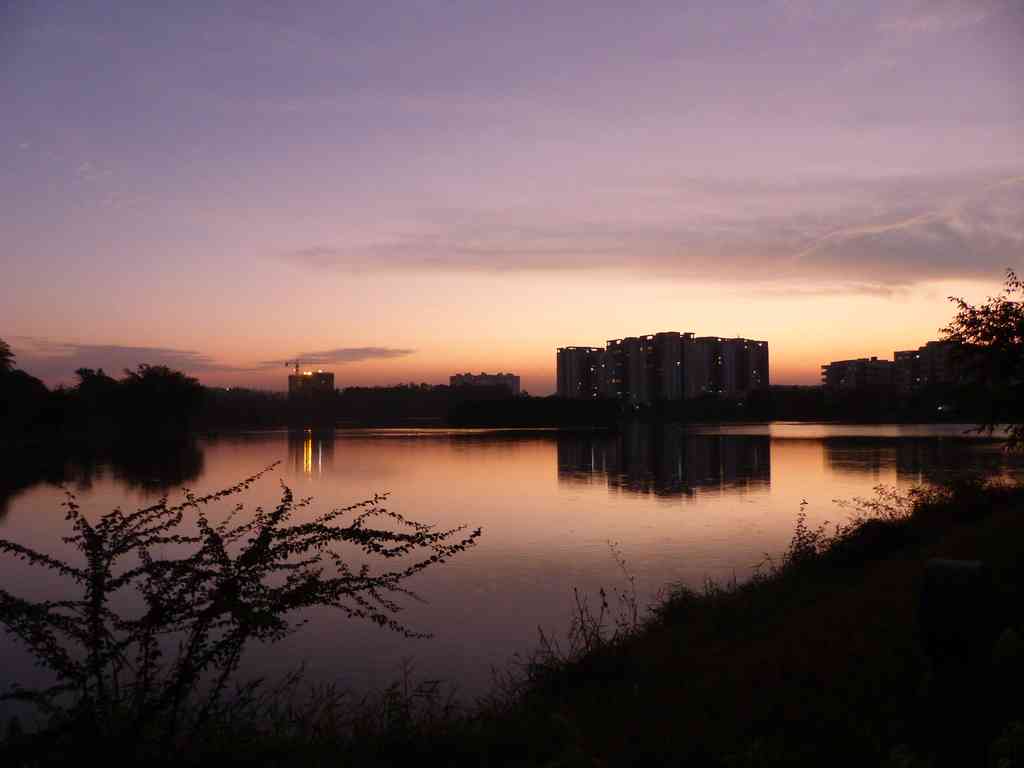
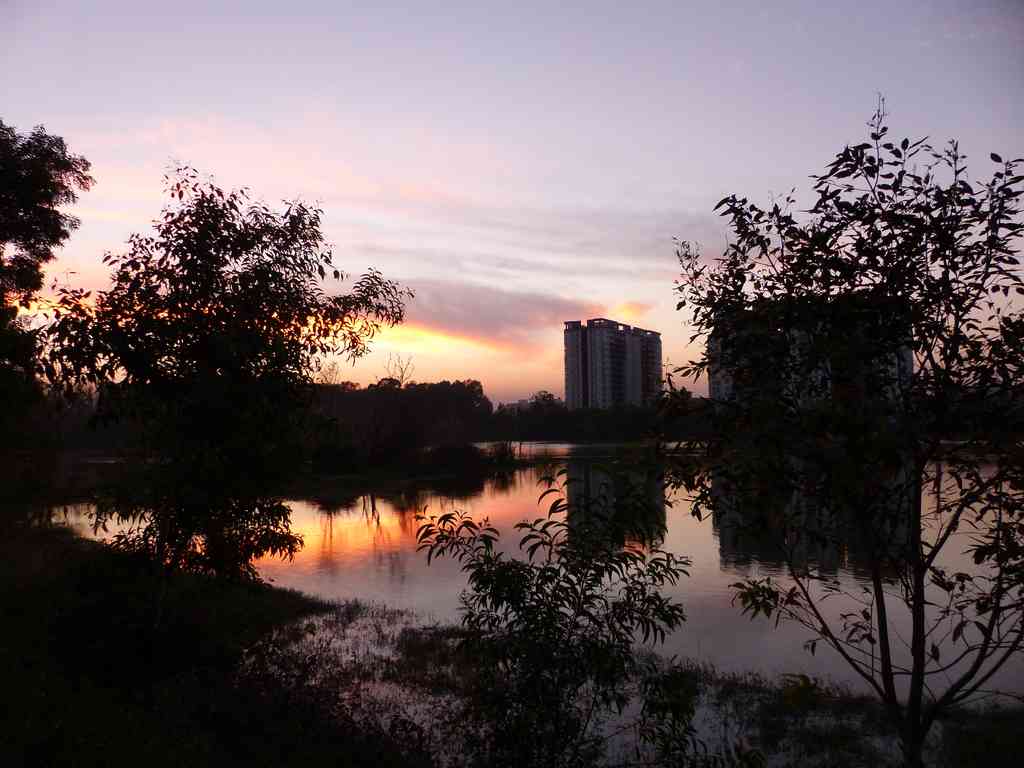
The faint notes of cheer, then, come from how bird diversity has changed dramatically at the same location within a matter of weeks. Since the Great Backyard Bird Count weekend, I haven’t been able to devote much time to birding. On March 7, I returned to Kaikondrahalli Lake, where earlier this year my excitement peaked at the sighting of two Northern Pintail drakes, and took a quick walk along the trail around the lake. It proved to be a day of exciting new finds.
For me, the excitement of changing seasons is always marked by the flowering of trees (you should check out The Green Ogre series on flowering trees if you haven’t already) and I couldn’t help but be charmed by this Java Cassia (Cassia javanica) in riotous bloom beside the lake. Nearly all species of Cassias are beautiful in flower but the Java Cassia is a particular favourite of mine. Its dense, frothy clusters of flowers are very fetching.
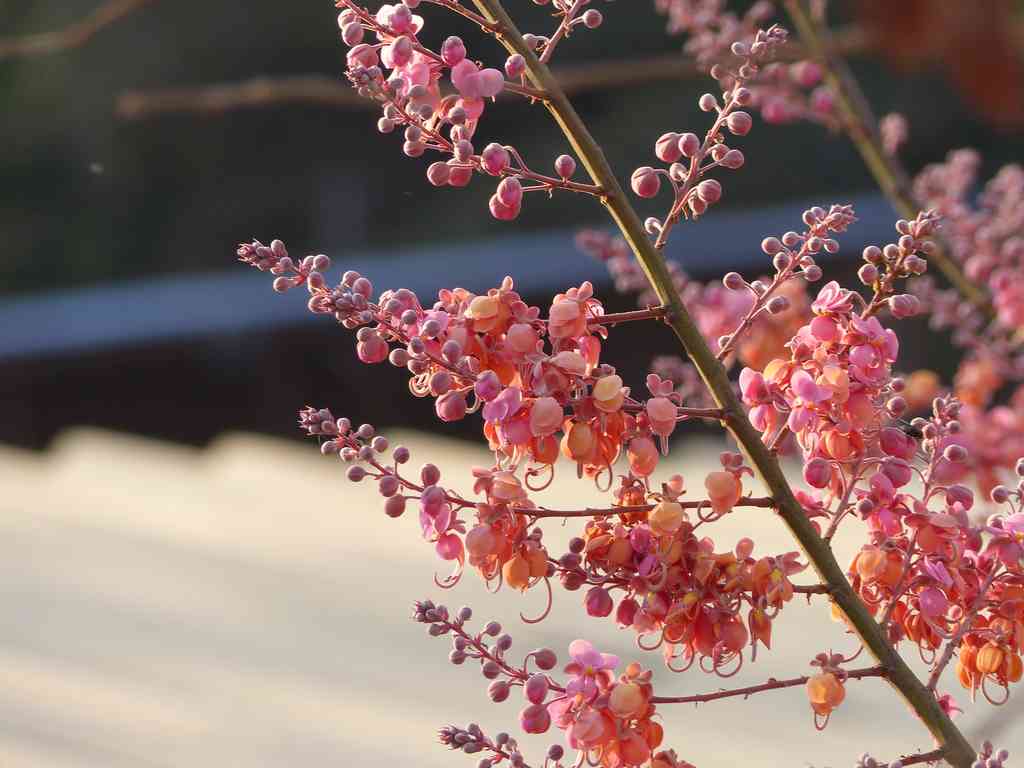
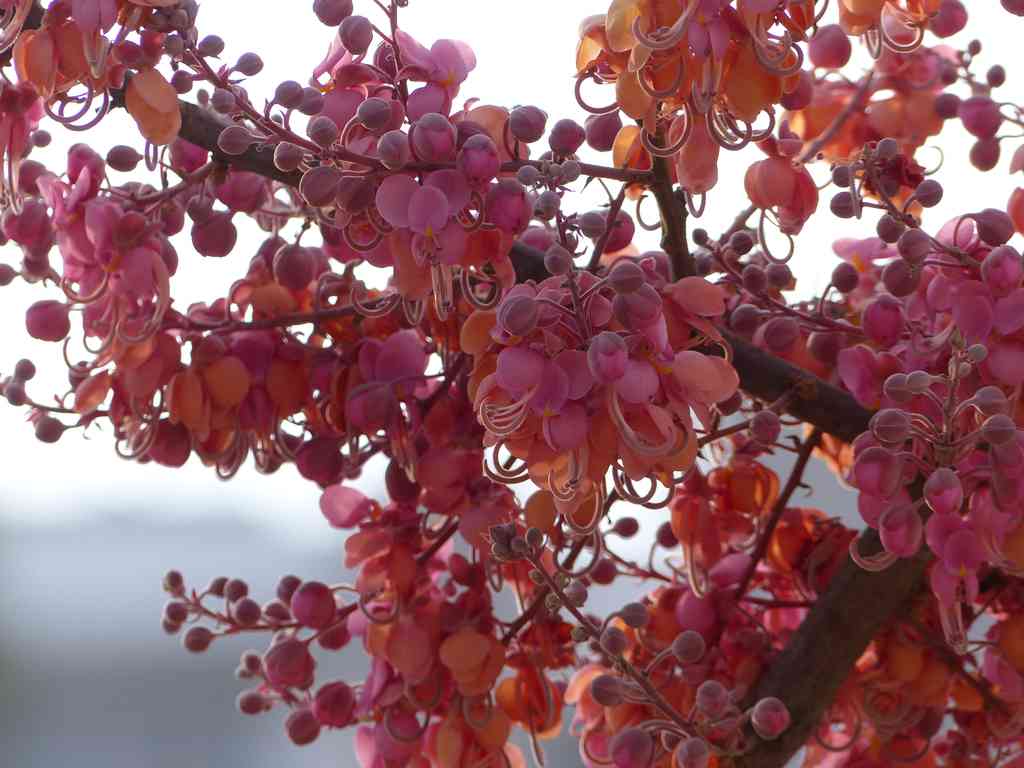
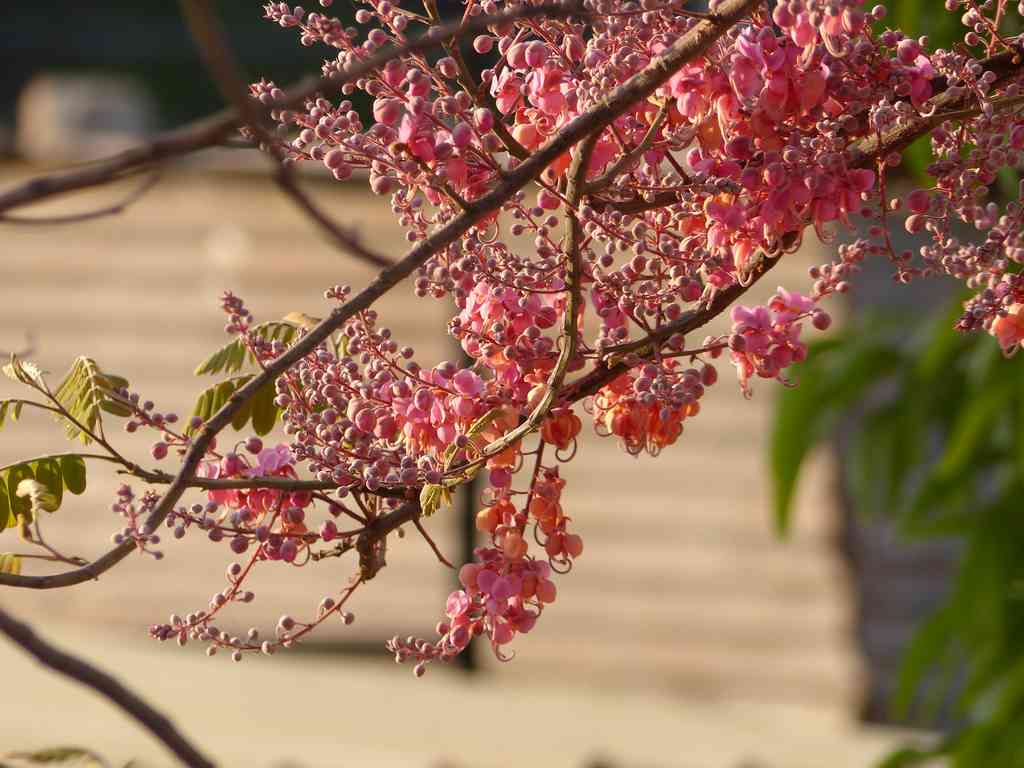
Winter birding count drops, but the surprises are rewarding
I’m quite chuffed at the diversity of duck species that I have sighted at this lake over the last few years. From a post-monsoon sighting of Lesser Whistling Ducks two years ago to Common Teals four winters ago, I have kept my hopes up. This year’s winter birding has yielded the aforesaid Northern Pintails, Northern Shovelers and today’s sighting of Garganeys (Anas querquedula) — a first for me at this location. There were fewer Blyth’s Reed-Warblers than the last time. And the Rosy Starlings swarmed in to claim every plum roosting spot. Among today’s happier sightings was a flock of fifty or more Glossy Ibis, which circled the lake a few times before departing. Not a single bird landed. A large flock of Black-headed Ibis had already claimed the prime roost on the island in the middle of the lake.
Among the residents, there was a large number of Black-crowned Night Herons, including a number of juveniles. The Little Egrets were fewer in number, the Cattle Egrets even less numerous, the Spot-billed Pelican was MIA, and a great many of the sandpipers I had seen on my previous outing here were conspicuous by their absence. No Painted Storks or Asian Openbills, either. The small flock of Black-winged Stilts was still there in the swamp behind the lake. It is a matter of time before this rich bird habitat, with its clumps of tall reeds and bulrushes, will be lost to real estate development. And I wonder what will happen to our winter birding then.
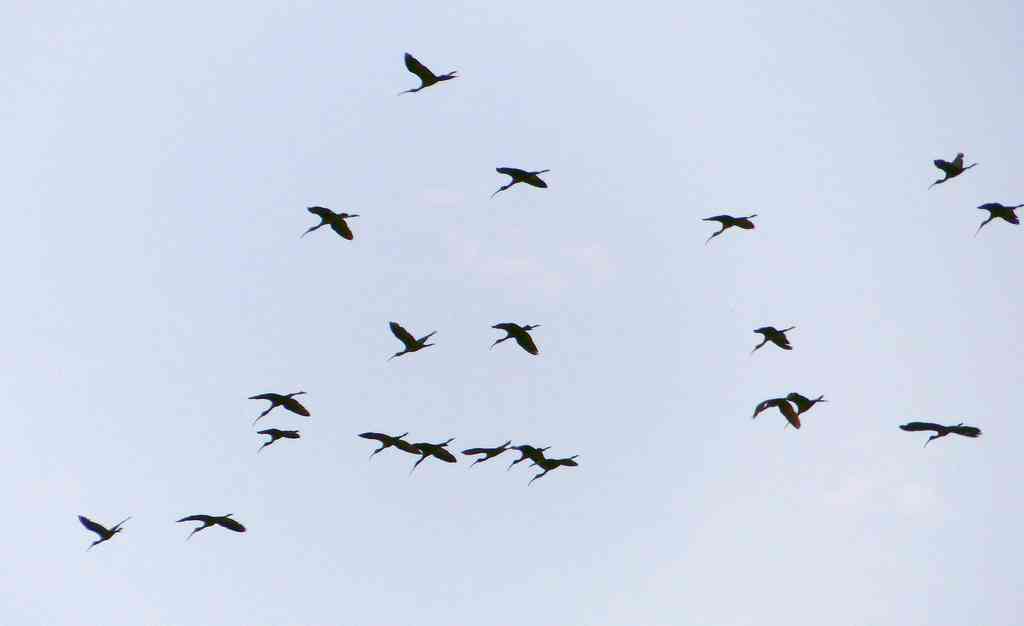
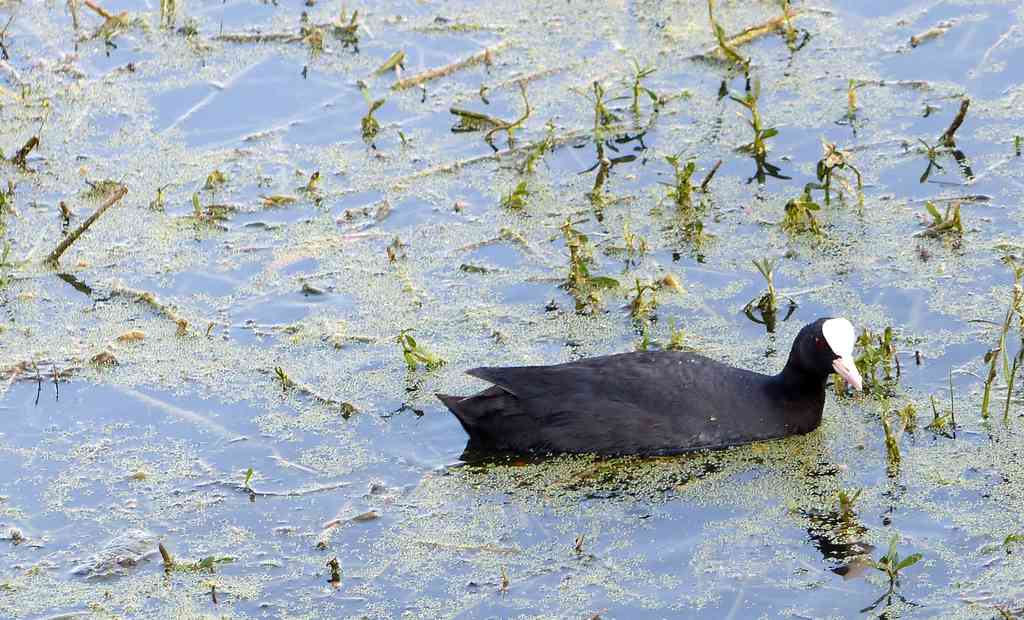
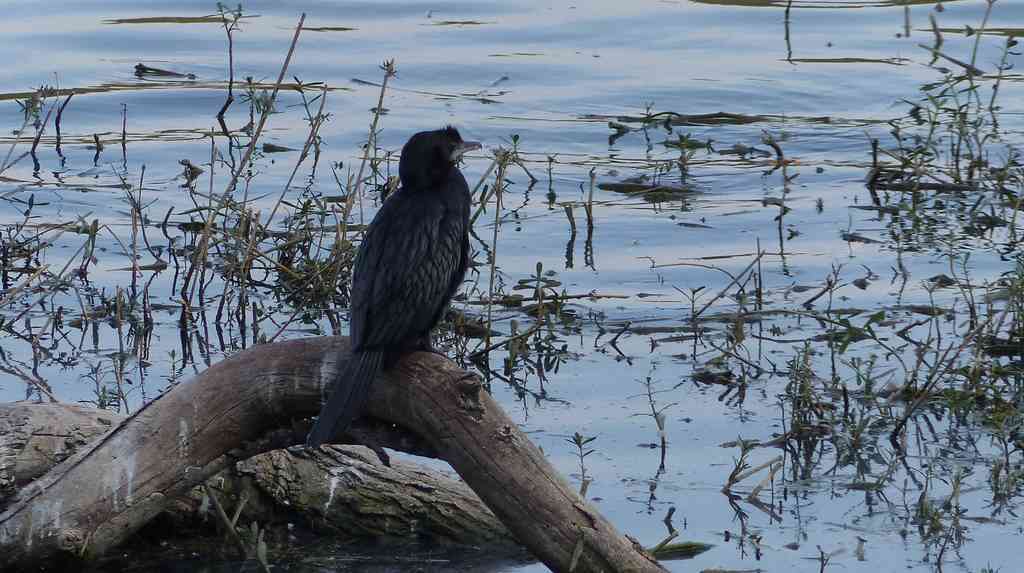
A thank-you note to the unnamed one who stopped to pee
For today’s happy sighting of Garganeys, I must thank a well-dressed middle-aged gent who stopped to relieve himself beside the path at the back of the lake. I was alternating my observation of the acacia grove canopy with my surveillance of the wetland at the back of the lake when the aforementioned gentleman stopped next to me. I took my eyes away from my binoculars for a second, my heart warming to the imagined happenstance that I had company to watch the Black-winged Stilts in the swamp. No sir, this man only wanted to pee. And when I protested and asked him to go find a toilet (I’m not sure there is one here although Kasavanahalli lake has a few chemical toilets) he began arguing with me as he did his business, saying that he was a diabetic and needed to go. Grumbling, I moved on and saw a few young people with long camera lenses watching the stilts on the water. It was a movement ahead of them, in the orange setting-sun light, that caught my eye. A juvenile Bronze-winged Jacana was feeding on the edge of the swamp but out on the open water was a duck with a prominent white crescent on the side of its head. Only one duck seen in these parts has this distinguishing feature – the Garganey.
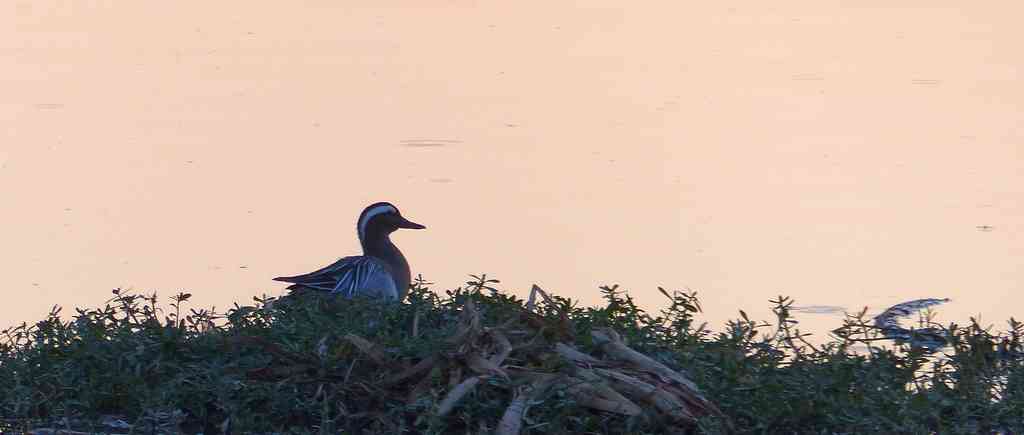
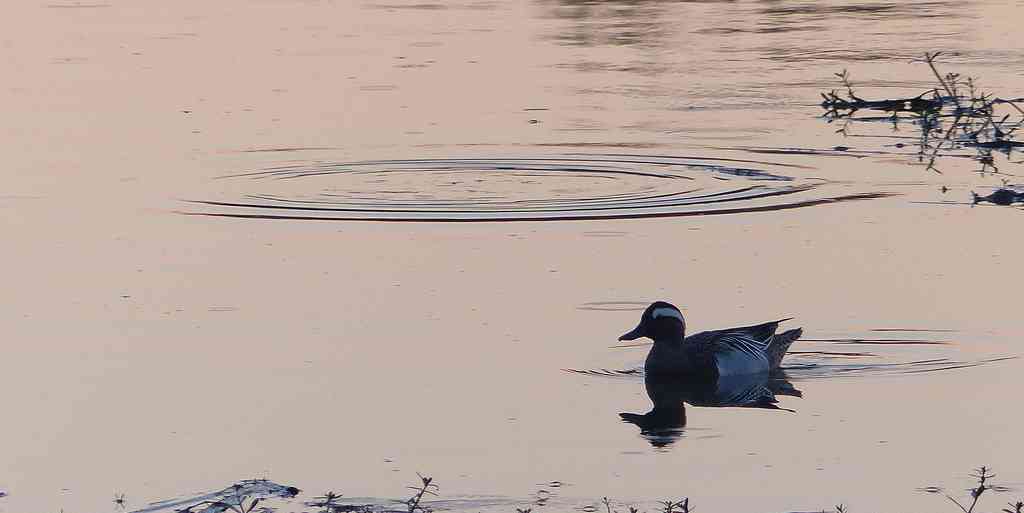
Garganeys, which visit us in winter from their breeding grounds in Europe, are always on winter birding checklists in Karnataka. However, while other birders have observed it here at Kaikondrahalli Lake, it has never graced my checklists. Until today, when this small flock of five birds – three drakes and two ducks – gave me that privilege. Later, as I walked the perimeter of the lake on its western edge, I saw more of these small dabbling ducks in the middle of the lake. Near them, among the numerous resident Spot-billed Ducks, was a single male Northern Pintail and two female Northern Shovelers. I was able to identify them well but the pictures that my trusty Lumix FZ200 gave me weren’t good for anything except grainy record shots.
As with the last time, the Rosy Starlings arrived in formidable clouds at roosting time and arrested the attention of even the most passive of evening walkers. I’ve grown so fond of these birds that I miss them when they go away.
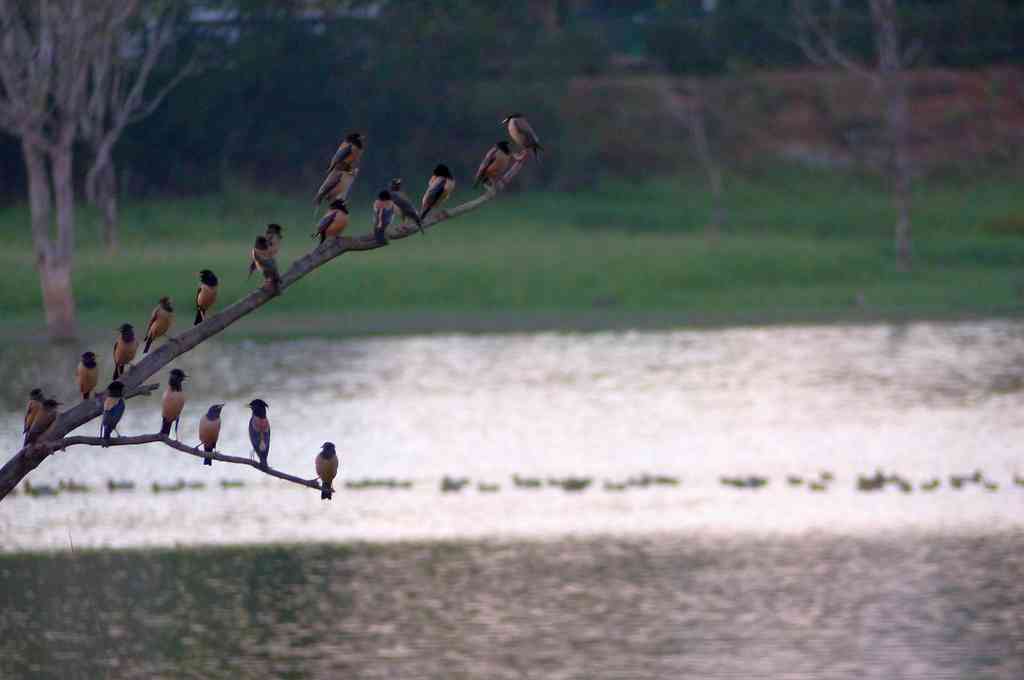
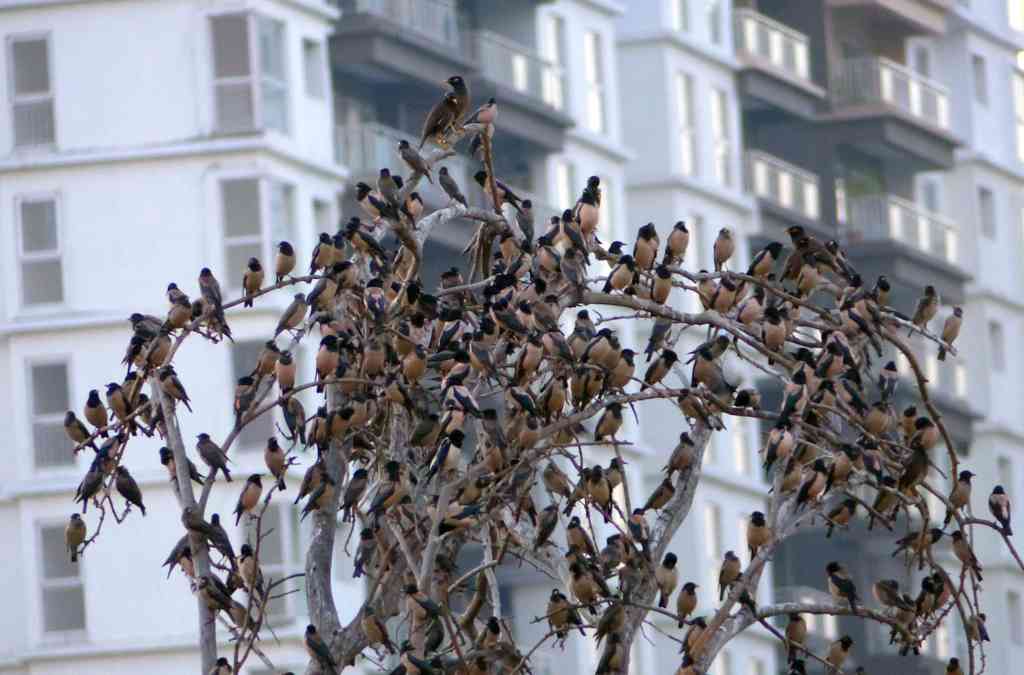
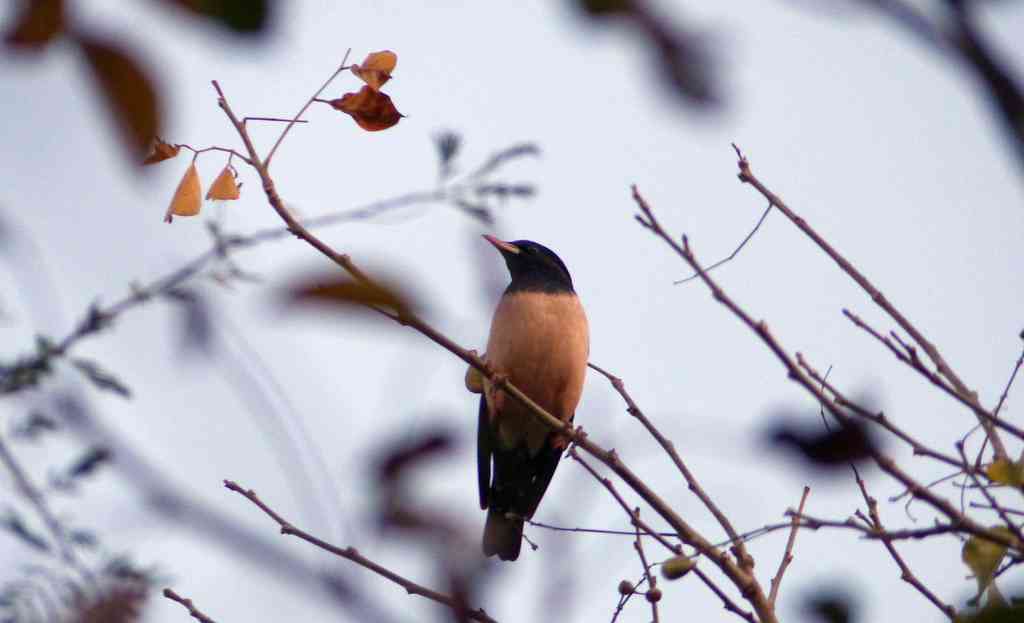
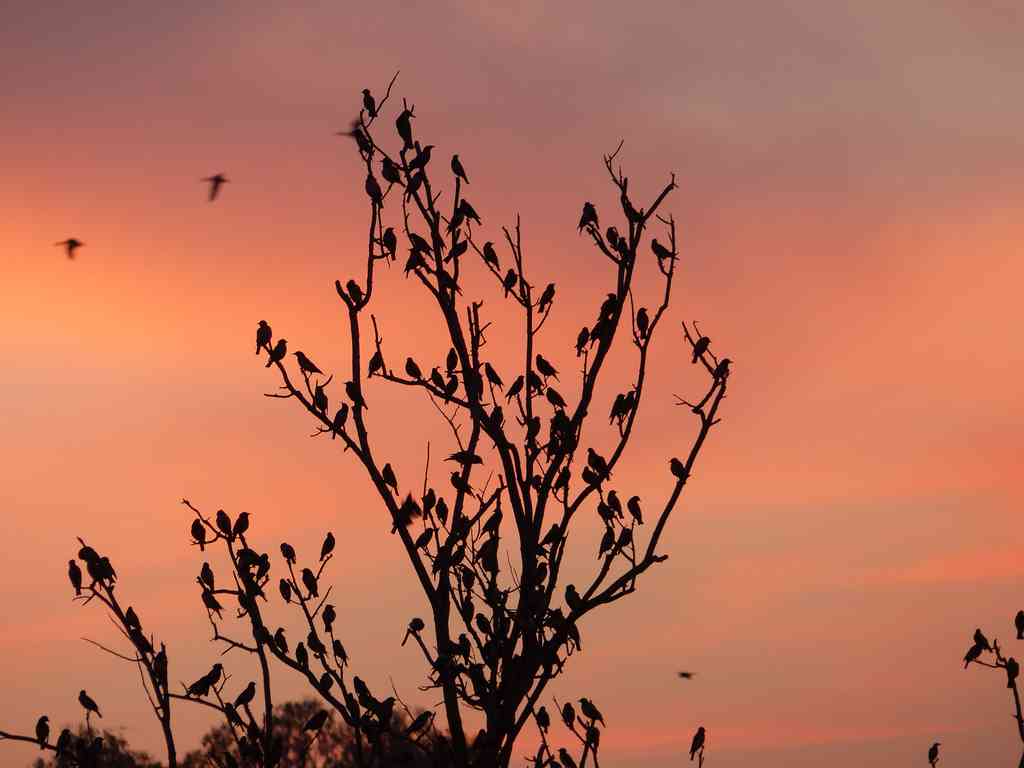
Once again, Kaikondrahalli cemented its place in my heart as my favourite lake in Bangalore. Every year, my winter birding checklist has been swelling and most of it thanks to this one lake that, despite being hemmed in on all sides by the scourge of urbanisation, still hosts migrants every season.
See the full eBird checklist
- Indian Nightjar, Sweet Child O’Mine - February 21, 2024
- TL;DR – What colour are a Black-winged Kite’s eyes? - February 13, 2024
- TL;DR – White-naped Woodpecker Double Bill - November 16, 2023

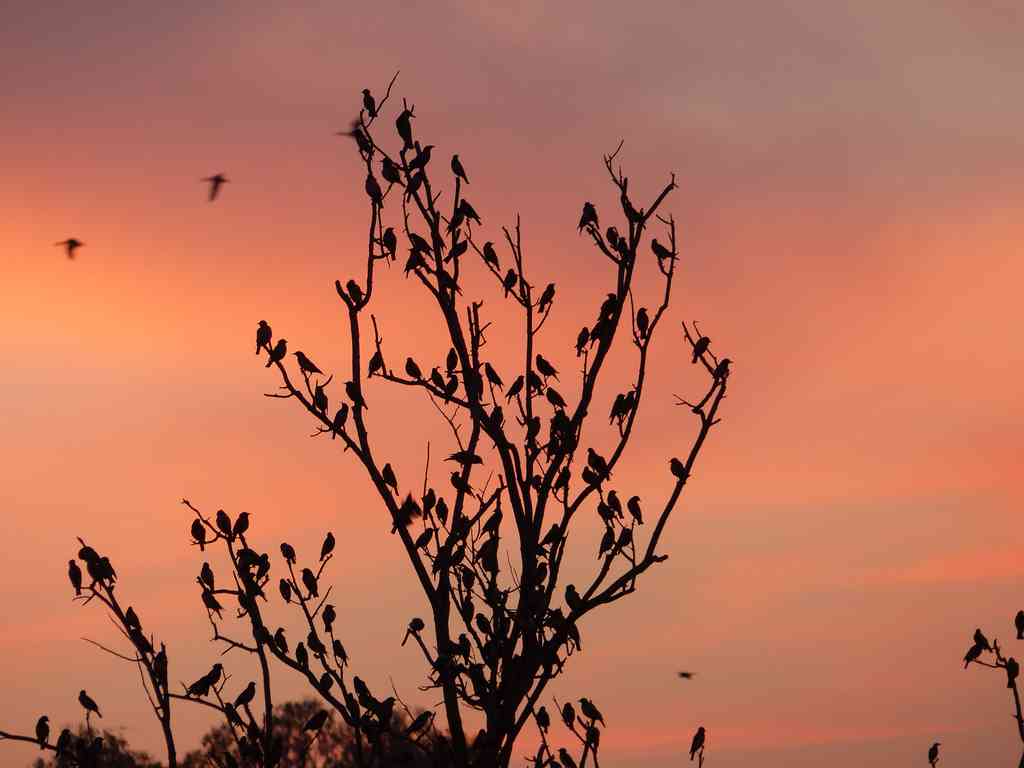
One thought on “Winter birding – it isn’t over until it’s over”